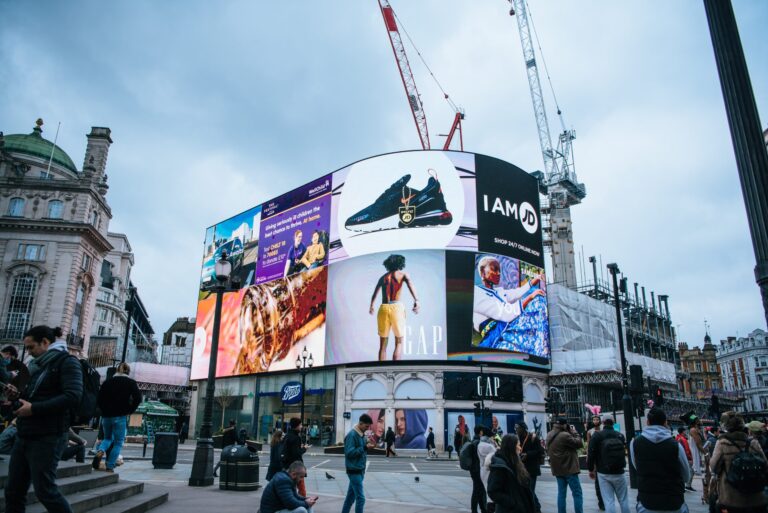As February comes to an end, another annual celebration of Black History Month wraps with it. We recently chatted with Black entrepreneurs and business leaders from various sectors at our virtual Equality Lounge® “Authenticity During BHM: What the Advertising Industry Needs to Know” to discuss how brands and advertisers can intentionally prioritize diversity in their campaigns and create content that is more inclusive.
Here’s what they had to say about how advertisers can get Black stories right:
1. Create space for Black creatives to tell their stories
The media plays an important role in painting a picture of the Black community for the world to see. In order to avoid falling into stereotypes or misrepresentations, it is important to have Black creatives at the helm of storytelling. Representation and diversity behind the scenes leads to advertising that empowers underrepresented communities and educates others.
“If brands see the importance of representation and creating space for Black creatives to tell our stories, that can move the equality needle forward,” said Judith Jacques-Laguerre, CEO and founder of Black Women in Media and principal of Creative Communications and Media Group. “It starts there — allowing leadership to look like us and having people there who can tell our stories in a positive way.”
2. Understand that Black history is not static
When we talk about Black history, we are not only talking about the past. We are also talking about history that is being made in the present as well as what is to come in the future.
“I see Black history as a living thing,” said Lillian Samuel, CEO of Big Brothers Big Sisters of the Bay Area. “The more that brands and advertisers can see it that way and incorporate who we were yesterday, who we are today and how that informs who we will be into their messaging, the more authentic those stories will be.”
3. Consider who you are centering in your stories
As human beings, we are eager to feel like we are a part of an environment and that we are included. One important question for brands to consider is the type of people who are centered in their stories and whether or not their ads are representative of diverse people — this includes skin tone, shape and size.
“You need to consider what you are signaling when you only include certain people,” said Tristen Norman, head of creative insights for Getty Images, Americas. “The overwhelming majority of Black women who are depicted in the media and advertising are light-skinned women. If you are not centering women of all sizes and shapes, you are not doing that work properly.”
“I don’t affiliate with brands and companies that don’t represent me and my community.” Jacques-Laguerre said. “Representation is important because if we don’t see people who look like us, we feel like we are erased and that we are not important.”
4. Understand the power that advertisers have in dismantling stereotypes
As communicators that create messaging and stories for global audiences, advertisers play a powerful role in society — and that power is not always a positive force.
“In advertising, upholding a system of white supremacy that relied on the subjugation of Black people and propping up white people as the ideal and standard was a tool,” Norman said. “It was a tool in depicting what the ideal family looked like. It was a tool in creating stereotypes of certain groups of people.” But history does not need to determine the future. “In the same way that the advertising industry has played a role in upholding those ideas, we must recognize the role we play in breaking those things down,” she added.
5. Celebrate Black history year round
There is value in regularly honoring the Black community in advertising, not just during the month of February. “Don’t wait until Black History Month to consider where your brand intersects with the Black community — be authentic,” Samuel said. “If Black History Month is just a box you check off, then don’t bother.”
